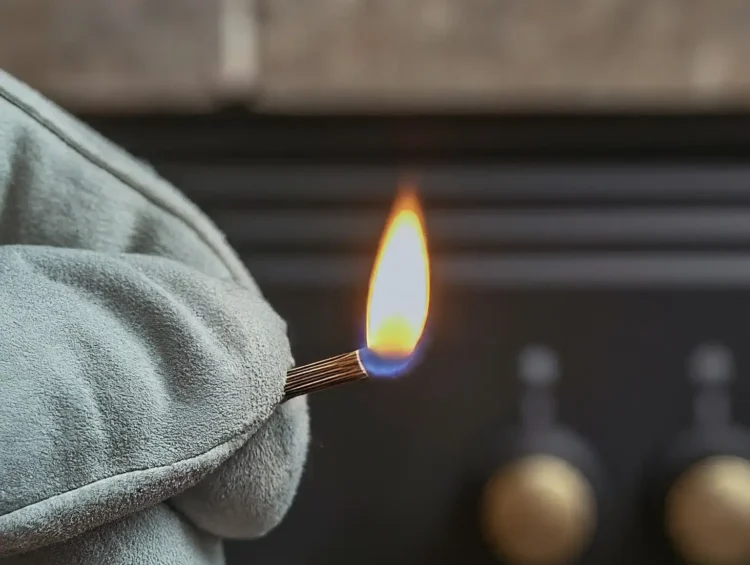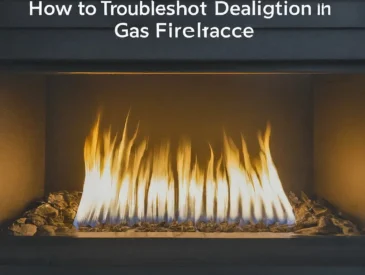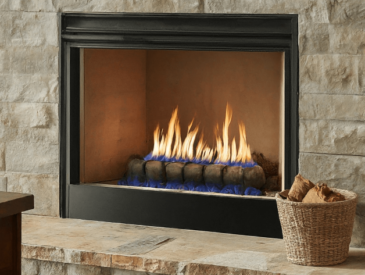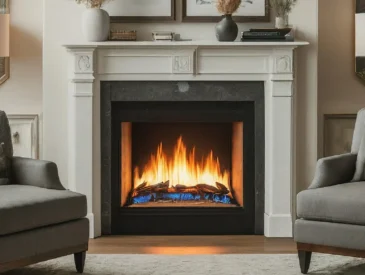Gas fireplaces are cherished for their warmth and convenience. With just a push of a button or a flick of a switch, you can enjoy a comforting fire. However, if your fireplace fails to ignite, the pilot light might be the culprit, particularly if it’s too large.
A pilot light should ideally be around half an inch in size. Anything larger can lead to ignition problems. While a slightly larger pilot light may not be alarming, an excessively large one could cause issues.
Recognizing an ineffective pilot light is crucial in preventing ignition hitches and unnecessary repairs.
In this guide, we’ll delve into the signs of an oversized pilot light, its implications, and how to adjust it for optimal performance.
Can a Pilot Light Be Too Large?
Yes, a pilot light can be oversized, surpassing the recommended half-inch mark. An ideal pilot light is characterized by a low, blue flame. However, over time or during installation, adjustments might be needed.
While most cases are related to simple adjustments, there could be instances where professional assistance is necessary.
Why Size Matters for a Pilot Light
Understanding how a pilot light functions is key. It serves two primary purposes: heating the thermocouple and igniting the fire or appliance.
The thermocouple generates electricity when heated, controlling the gas valve. Without heat, there’s no electricity, and subsequently, the valve closes.
This safety feature ensures that if the pilot light extinguishes, it shuts off the gas supply, preventing potential hazards.
If the pilot light is too large, it might shoot upwards, missing the thermocouple sensors. This can prevent proper heating, leading to an automatic shut-off.
The Cons of an Oversized Pilot Light
Ignition Issues: Difficulty in lighting the gas fireplace.
Thermocouple Malfunction: Improper heating could lead to a shut-off, rendering the pilot light ineffective.
Increased Costs: Oversized pilot lights consume more gas, resulting in unnecessary expenses.
Noise Concerns: A roaring sound may indicate an oversized pilot light.
Signs of an Oversized Pilot Light
Flame Color: If mostly yellow, it’s a sign the pilot light might be too large. A correct pilot light is low and blue.

Related: Gas fireplace flame color
Flame Size: Should not exceed half an inch or extend significantly past the thermocouple sensors.
Flame Direction: A straight-upward direction may indicate insufficient coverage of the thermocouple sensors.
Adjusting the Pilot Light
Control Panel Adjustment: Use the hi-lo knob or a screwdriver to turn a screw (depending on your model) to adjust the flame height.
Clean the Orifice: If the pilot light is weak or not lighting, debris might be blocking it. Gently clean the opening.
Consider Professional Help: If adjustments don’t solve the issue, it might require replacement parts. Seek professional assistance to avoid potential gas leaks.
By understanding the significance of a properly sized pilot light and how to make adjustments, you can ensure your gas fireplace operates efficiently and safely.





